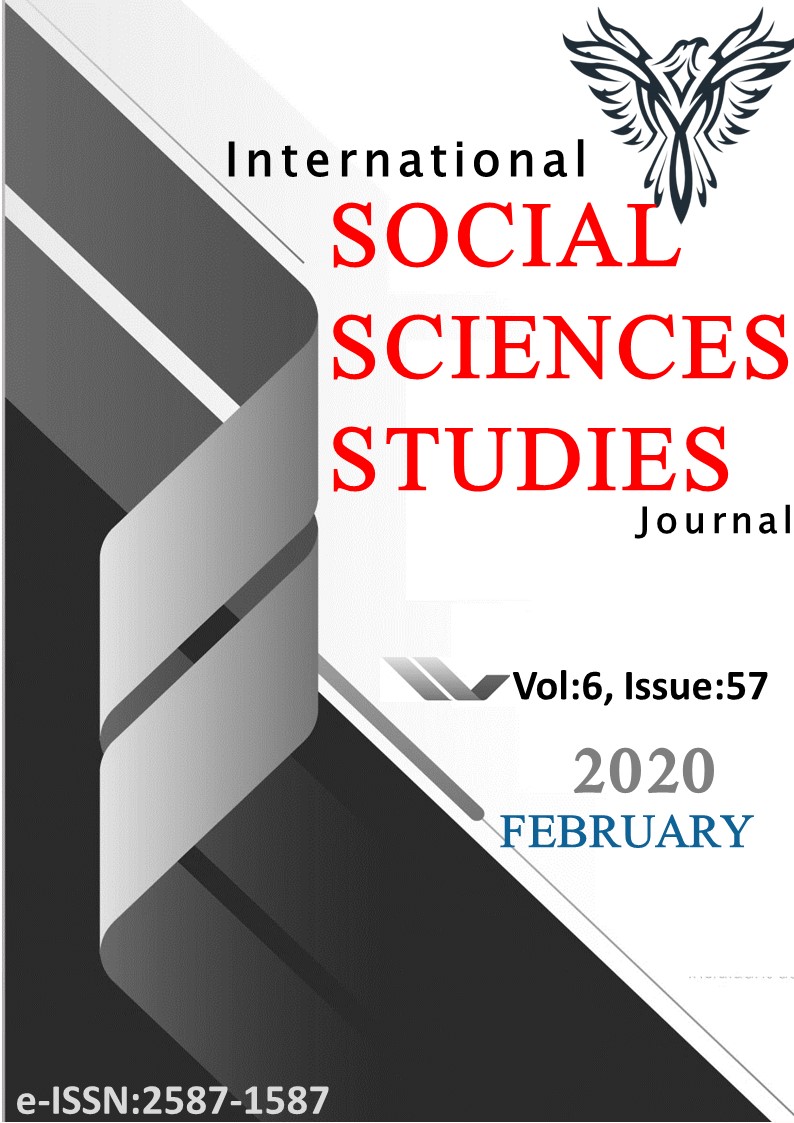Author :
Abstract
Bilgi ve iletişim teknolojilerinde (BİT) meydana gelen baş döndürücü değişim hızı, günümüz eğitim anlayışını geleneksel öğretmen merkezli bir yapıdan öğrenci merkezli bir yapıya doğru değiştirmektedir. Öğrenciyi merkezine alan yeni sistem, kişilerde BİT’e yönelik bir yeterlilik düzeyi gerektirmektedir. Hayatın her alanına nüfuz eden BİT’e yönelik yeterliliklerinin üniversite öğrencileri kapsamında araştırılmasının amaçlandığı bu araştırma ile yakın gelecekte profesyonel iş hayatına atılarak topluma katkı sağlayacak öğretmen adaylarının mevcut durumunun belirlenmesi hedeflenmektedir. Bu çalışmanın amacı öğretmen adayı öğrencilerinin BİT yeterliliklerinin belirlenmesi ve bazı değişkenler açısından incelenmesidir. Çalışma betimsel tarama yöntemi kullanılarak modellenmiştir. Araştırmanın verileri kişisel bilgi formu ve “Bilgi ve İletişim Teknolojileri Yeterlilik Ölçeği ” kullanılarak elde edilmiştir. Verilerin analizinizde frekans, yüzde, aritmetik ortalama ve standart sapmanın yanı sıra ilişkisiz örneklemler t-testi, ilişkisiz örneklemler için Mann Whitney U-testi, ilişkisiz örneklemler için tek faktörlü varyans analizi (ANOVA), Scheffe ve Dunnett C testleri kullanılmıştır. Araştırma sonucunda öğretmen adayı öğrencilerinin BİT yeterliliklerinin orta seviyede olduğu sonucuna ulaşılmıştır. Öğretmen adayı öğrencilerinin BİT yeterliliklerinin; cinsiyet, sınıf, bölüm, şahsi bilgisayar sahip olma ve günlük internet kullanım durumu değişkenlerine göre anlamlı farklılık göstermediği tespit edilmiştir. Bunun yanı sıra bilgisayar kullanım süresi 16 yıl ve üzeri (x̄=229.06) ile 11-15 yıl (x̄=207.31) arasında olan öğrencilerin BİT yeterliliklerinin 6-10 yıl (x̄=196.12) ve 1-5 yıl (x̄=177.16) arasında olan öğrencilere göre daha yüksek olduğu sonucuna ulaşılmıştır.
Keywords
Abstract
The dizzying rate of change in information and communication technologies (ICT) changes today's educational approach from a traditional teacher-centered structure to a student-centered structure. The new system that takes the student to the center requires a level of competence for individuals in ICT. In this study, it is aimed to investigate the university students’ level of competence and usage level of information and communication technologies, which penetrate all areas of life, and by so to clarify the current situation of the teacher candidates who will contribute to the society by getting into professional life in the near future. The aim of this study was to determine qualifications of pre-service teachers’ information and communication technologies and to analyze these levels according to certain variables. The study was modelled via descriptive survey method. The data were obtained using personal information form and “Information and Communication Technologies Qualifications Scale” which was developed by Kara (2011). In addition to frequency, percentiles, arithmetic means, standard deviation, independent samples t-test, Mann Whitney U-test for independent samples, one-way ANOVA, Scheffe and Dunnett C multiple comparison tests were employed in data analysis. As a result of the research, it was found that information and communication technologies qualification levels of the pre-service teachers were medium. Moreover, it was concluded that the pre-service teachers’ information and communication technologies qualificaiton levels did not show significant differences in terms of some variables which were gender, grade, department, owning a personal computer, computer usage time and time of using internet. In addition, it was concluded that students with a computer use period between 16+years and 11-15 years had higher ICT competencies than students between 6-10 years and 1-5 years.





